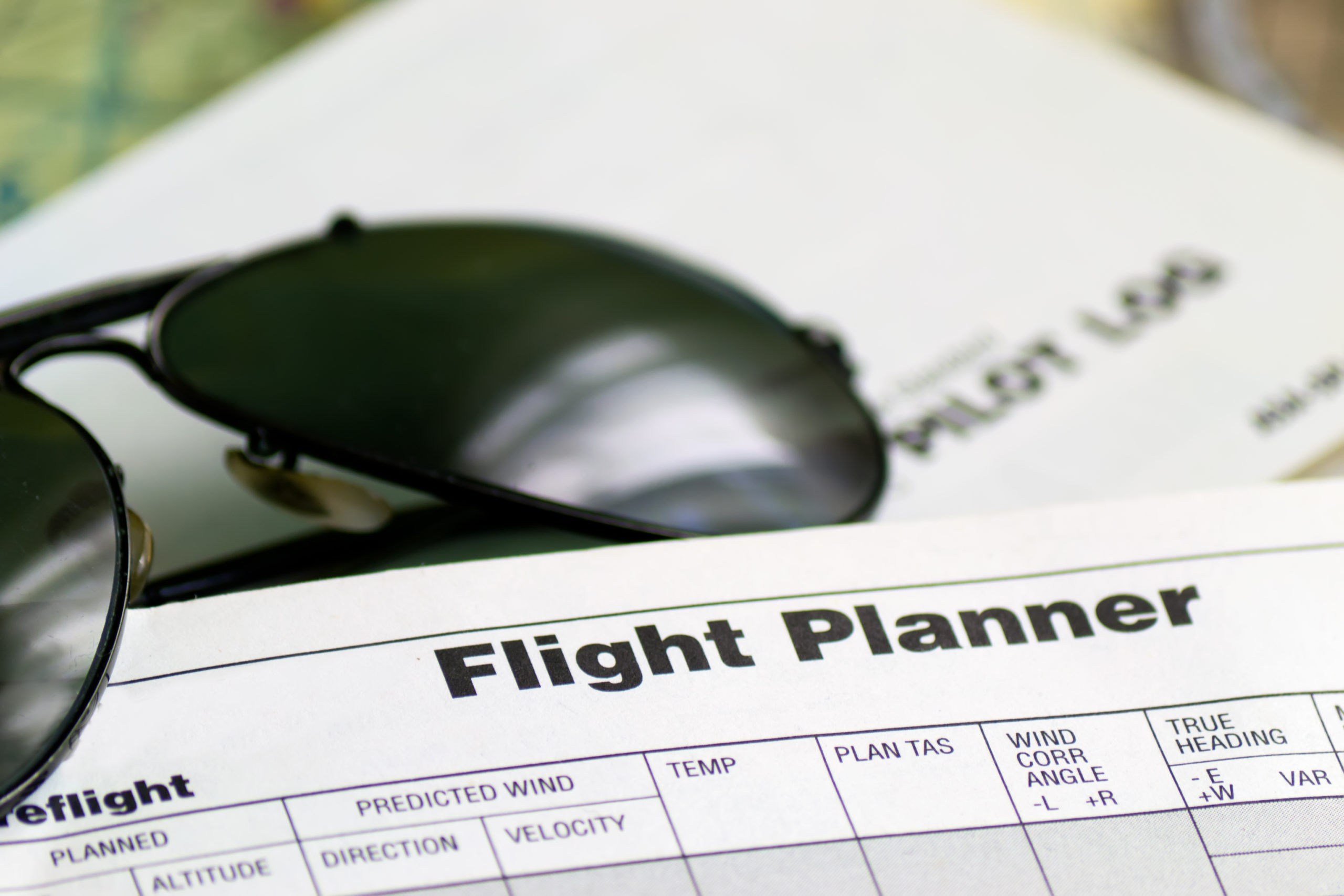The aviation industry is complex, with numerous regulations and procedures that pilots must follow to ensure the safety of their flights. A critical aspect of flight operations is the classification of flight categories, which determine the minimum weather conditions for flying. In this article, we will discuss the different flight categories and explain what they mean in a way that is easy for a non-pilot to understand.
Visual Flight Rules (VFR)
Visual Flight Rules (VFR) is the most basic flight category and is used when the weather conditions are good, and the visibility is clear. This means the pilot can rely on their visual cues to navigate without relying on instruments. VFR flights are typically conducted during the day, with a minimum visibility of 3 miles and clear of clouds. This allows the pilot to see the ground and other aircraft in the sky, making it the safest flight category.
Marginal Visual Flight Rules (MVFR)
Marginal Visual Flight Rules (MVFR) is a flight category used when the weather conditions are not as good as VFR but still acceptable for flight. The visibility is still relatively good, but the clouds may be lower, or there may be some precipitation. MVFR flights can be conducted both during the day and at night, but the pilot must have a higher level of training and instrument proficiency to ensure a safe flight.
Instrument Flight Rules (IFR)
Instrument Flight Rules (IFR) is a flight category used when weather conditions are too poor for VFR or MVFR flights. This means the visibility is low, the clouds are thicker, or there is precipitation. IFR flights must be conducted using instruments, as the pilot cannot rely on their visual cues. IFR flights are typically operated at night or in inclement weather, and the pilot must have a high level of training and instrument proficiency to ensure a safe flight.
Low Instrument Flight Rules (LIFR)
Low Instrument Flight Rules (LIFR) is the most restrictive flight category used when weather conditions are extremely poor. The visibility is very low, the clouds are extremely thick, and there is heavy precipitation. LIFR flights are incredibly challenging, even for the most experienced pilots, and are typically only conducted by specialized aircraft with the latest technology and equipment.
In conclusion, the flight categories are a crucial aspect of aviation operations that help ensure all flights’ safety. Whether it’s a VFR flight in clear weather or an IFR flight in inclement weather, pilots must follow the minimum weather conditions for their flight category to ensure a safe and successful flight.

